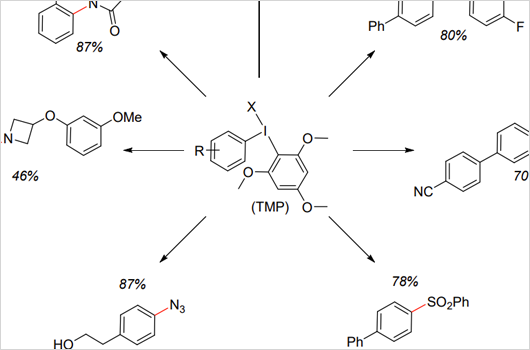
Chemical Building Blocks
Chemical Building Blocks available for prompt delivery
Download the Catalog of Chemical Building Blocks as PDF file
available from Reaxense

Chemical Building Blocks available for prompt delivery
Download the Catalog of Chemical Building Blocks as PDF file
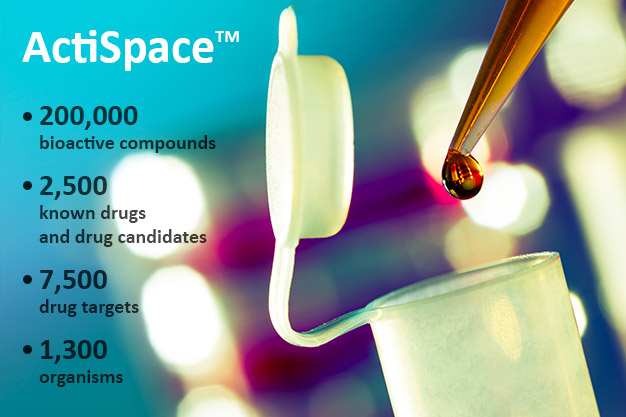
As one of the fields generating a massive amount of information, modern drug discovery has moved into the era of big data. Today, web-based publicly accessible databases can contain unprecedented number of molecules. Many of these databases have millions of bioactivity data points (such as IC50 or Ki) derived from large-scale biological experiments, clinical trials and medical records, and data are shared and proliferated between them.
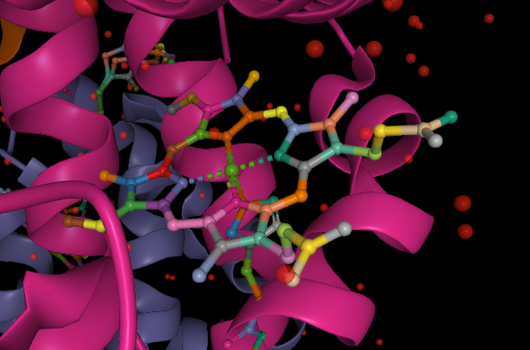
Metal ions such as iron, copper, and zinc are essential for life. However, the excess of these elements in the human organism is considered a negative prognostic factor for many diseases. It could cause severe injuries to multiple systems: the nervous, respiratory, reproductive, and digestive tract. One of the most common ways of treatment of metal intoxication is the use of chelating agents.
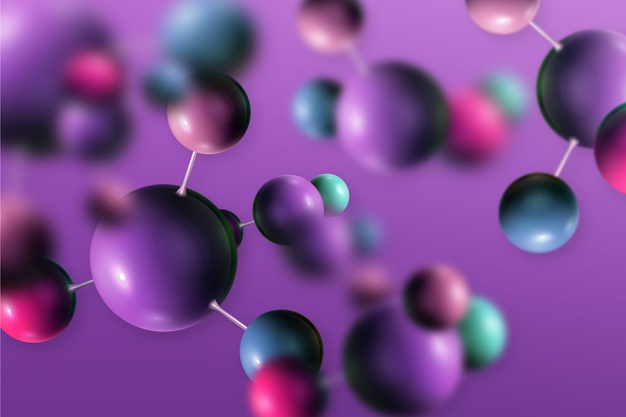
It is generally accepted that chemical diversity leads to diversity in bioactivity, hence majority high-throughput screening screening (HTS) efforts utilize compounds that are selected for being as unlike each other as possible. Highly diverse, optimized compound libraries improve the success of HTS by minimizing false positives and maximizing hit rates without significant increase in the library size.
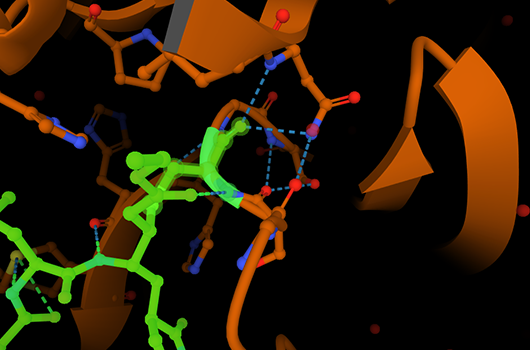
Covalent inhibitors targeting enzymes such as kinases or proteases for a long time were set aside due to the high reactivity and potential toxicity. However, covalent kinase inhibitors were recently successfully introduced as cancer therapeutics agents. Thus, the benefits of irreversible kinase inhibition appeared to surpass the potential risks of such drugs. Traditionally, the most targeted residue in the protein kinase active site is cysteine. Due to the low abundance of this residue, drugs targeting cysteine appear to be more selective and have a lower chance of appearing to be toxic. All covalent enzyme inhibitors must contain specific reactive group (covalent "warhead"), and alternatively to cysteine, other amino acid residues were proposed as targets for reactive small molecules as well.